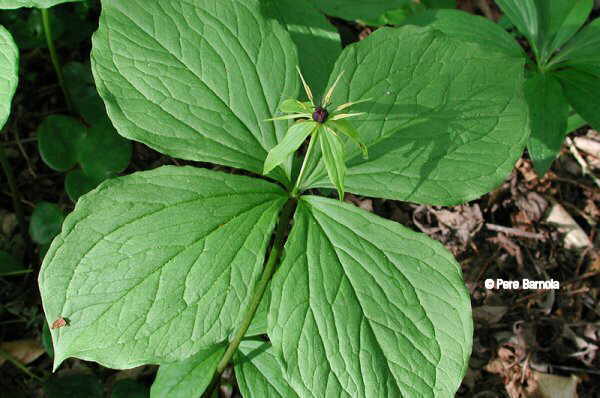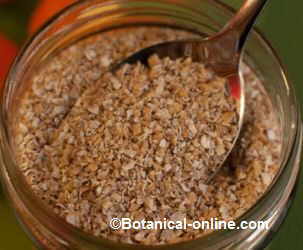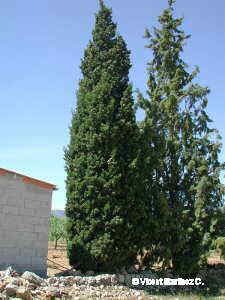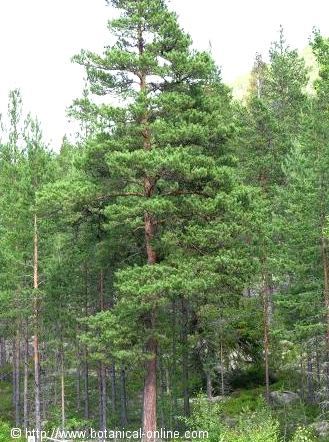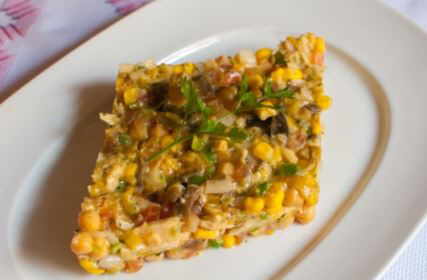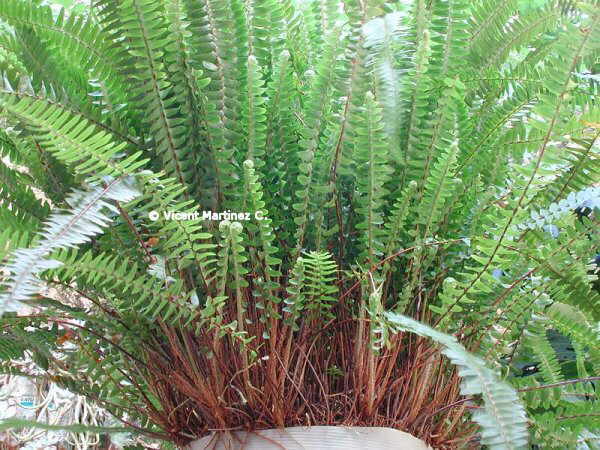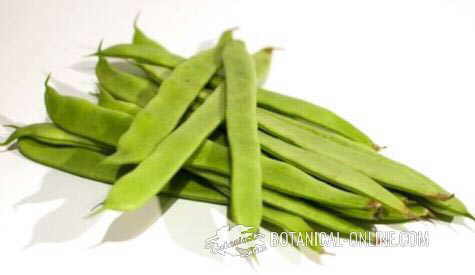Contents
CEREMONY OF JAPANESE TEA
What is Japanese tea ceremony?
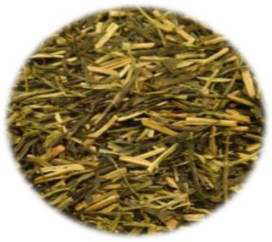
Sencha tea
Japanese Tea Ceremony (Cha – No – Yu), is a ritual performed around the tea in Japan.
This ceremony began in China during the Song Dynasty. At this time, people started making tea parties (called Song Ceremonies), which in Japan later become the practice of the Tea Ceremony.
At the Japanese Tea Ceremony food and different types of green tea powder are served.
This ceremony can last up to four hours, in which the aesthetics and serenity is present. The ways of serving tea are carefully prepared according to tradition.
Sencha tea is usually used for this ceremony.
How is Japanese tea ceremony done?
The story of “Treaty of uses, abuses, properties and virtues of tobacco, coffee, tea and chocolate“, written by surgeon Antonio Lavedan and published in Madrid in 1796 describes how this ceremony takes place:
Original Spanish text Se prepara delante de las personas que deben tomarlo, y los utensilios en la mesa de Té con la caja en la que está metido este té en polvo. Se llenan las tazas de agua bien caliente; se saca de la caja tanto polvo como pueda contener la punta de un cuchillo regular, se echa esta cantidad en cada taza mezclándolo y removiéndolo con instrumento hecho con puntas artificiales, hasta que el licor hace espuma, entonces se va repartiendo a los que lo deben tomar, y lo van sorbiendo en diferentes veces mientras que está caliente; este es el modo de usarlo generalmente los de Japón. Translation into English It is prepared in front of the people who should take it, and utensils on the Tea table together with the box where this tea powder is kept. Cups are filled with very hot water; as much dust as possible is retired from the box with the tip of a regular knife, this amount is poured in each cup, mixing and stirring with an instrument made with artificial sharped ends, until liquor is foaming, then it is given out to those who need to take it, and people go on sipping at different times while hot; this is generally the way to use it in Japan. Father Hualde says … |
* Related information: Properties of Japanese teas
![]() More information on tea.
More information on tea.

